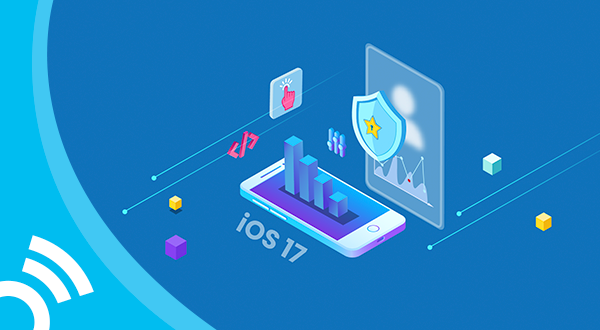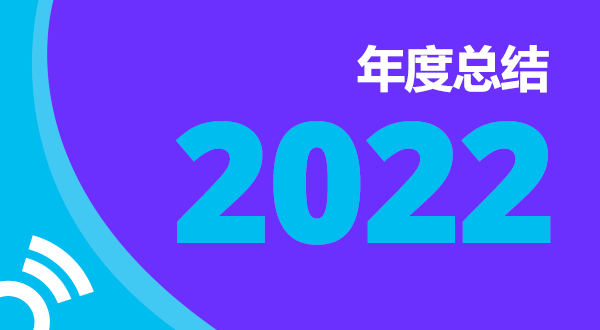The digital advertising industry has experienced substantial changes over the last two decades, especially as technology has evolved from what was once a convenient resource to an essential component of every second of every day of our lives. With such a rapid transformation, lawmakers and regulators have had a significant learning curve, but regulatory bodies are finally starting to shift their approach from reactive to proactive.
Navigating Compliance With COPPA and Other Regulations
As advertisers and app developers are aware, maintaining compliance with the US Children’s Online Privacy Protection Act (COPPA) means that they must follow strict guidelines when it comes to the collection of personally identifiable information (PII) of children and the types of marketing that can be shown to young users. However, COPPA is just one of the regulations that protect minors online, and the Federal Trade Commission is currently seeking input for an updated version of it. On top of that, the GDPR has its own regulations around protections for children, as does the Information Commissioner’s Office in the United Kingdom, the State of California in the United States, and the Cyberspace Administration of China, to name a few.
App Store Changes for Publishers and Advertisers
When it comes to the app stores themselves, we are also seeing changes being rolled out. As of September 1, 2019, Google’s Play Store required all of its app publishers to provide additional information about the age group of the intended audience for every app. In addition, recent updates to Google’s family policies dictate that any ads shown to children must contain suitable content and must be served by Google-certified ad networks.
Essentially, Google’s new policies address target audiences. If an app is designed specifically with children in mind (e.g., a children’s game), app developers will have to adhere to the Google Play Families policy. Apps that are not designed for children, such as a real estate app that would likely not have child viewers, are exempt from the Families policy. However, if an app’s target audience might include children, then it is important for app publishers to ensure that their marketing is not attracting them, and it will need to be changed accordingly.
Monetizing an App Under the New Regulations
If an app developer wants to monetize their app using targeted advertising and determines that the app’s target audience does include children, they need to implement a “neutral age screen,” which asks users entering the app for their age (this must be a neutral page, meaning that it cannot simply contain a checkbox to indicate that the user is older than 18). This information must then be used to request only appropriate ads for the users according to their age group. In the case of unknown age, a child user must be assumed. For users identified as adults, monetization with targeted advertising is available and app developers do not need to use a Google-certified ad network to serve ads.
As app publishers take it upon themselves to stay in compliance with various regulations, advertisers should also realize the impact that these changes will have on their business. In the instance of apps in the Google Play Store, publishers will be looking for advertisers to signify the age appropriateness of their creative content. This means that the ad creatives themselves need to be classified to reflect the minimum age recommended to view the ad. Thus, advertisers are incentivized to classify their creatives as low as possible to increase the likelihood of their creative being shown. In other words, an ad creative that contains no sensitive or restricted content can be classified as being appropriate for all ages. When the classification information is sent to the publisher, there will be a higher likelihood that the creative will be accepted in the case where the application has a mixed or child audience. And of course, the creative will still be acceptable for adult users.
Apple’s App Store has also made some recent changes to its policies regarding children. Practically speaking, more nuance has been added to the language around third-party services that had previously been extremely strict.
Staying Compliant With Changing Regulations
Compliance with different governing bodies across various regions and countries around the world still need to be top-of-mind for publishers and advertisers to ensure that no targeted ads based on PII are served to children. Keeping track of all of these regulations can seem overwhelming to say the least, as a “child” is defined differently from country to country.
Data privacy and compliance will always be an important topic in the digital advertising world. It is critical that all players in the industry are staying on top of new information and key changes. To learn more about this topic, watch our webinar here.
Disclaimer: The information on this webpage is for general information only and does not constitute legal advice. Please consult your own legal professionals if you seek advice on specific interpretations and requirements of the CCPA.




